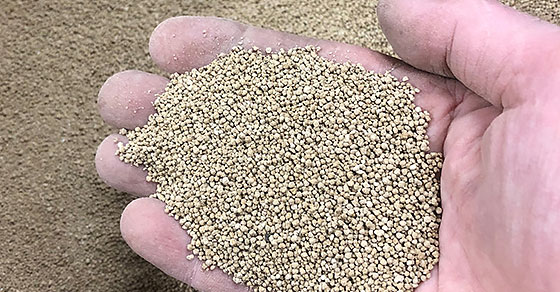Rotary dryers perform best when they are engineered around the specifications of the project at hand – a process that starts by analyzing the material.
In addition to the difference between inlet and outlet moisture, a material’s bulk density will also impact some of the sizing and design aspects of a rotary dryer.
Material Specifications: Bulk Density
Bulk density is the weight of a material per a specific volume. Typically, this is calculated in pounds per cubic foot (lbs/ft3) in US units or kilograms per cubic meter (kg/m3) in metric units.
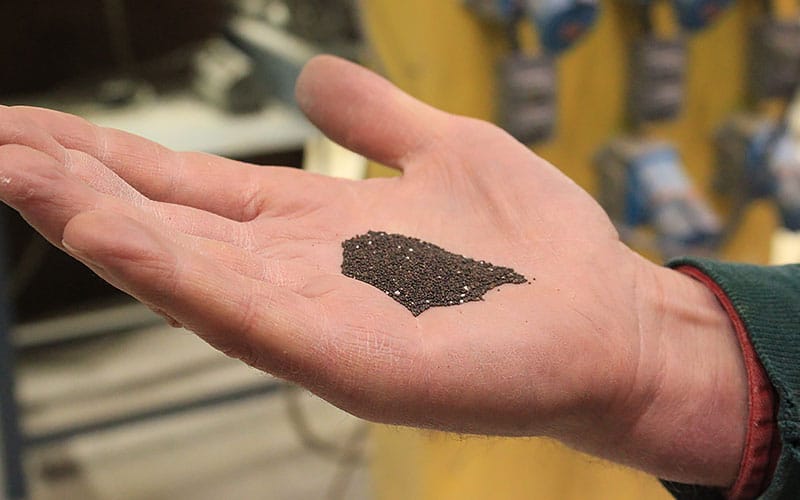
A material’s bulk density is an essential parameter to consider in rotary dryer design
As a factor of weight, the bulk density of a material largely influences the load placed on the dryer and the amount of energy that will be required per cubic foot to rotate the drum with a live load at the desired speed.
Design Parameters Influenced by Bulk Density
Since the load on the drum determines the amount of energy that will be required to rotate the drum, the load will impact the design and selection of several of the dryer’s mechanical components.
Materials with a high bulk density – metal ore, for example – will place a greater operational load on the dryer’s mechanical components. This will demand more heavy-duty components capable of withstanding a more significant operational load.
Conversely, materials with a lower bulk density, such as fly ash, will not demand nearly as much of the drum’s mechanical components, so they can be designed for a lighter-duty operational load.
The key components of the drum’s base that will be influenced by the material’s bulk density include:
Drive Assembly
All components of the drive assembly – the pinion gear, girth gear, reducer, motor, and drive shafts – will increase in size along with the operational load. The greater the operational load, the more torque that will be required to turn the dryer. The drive train components must be suitable to handle the required amount of torque.
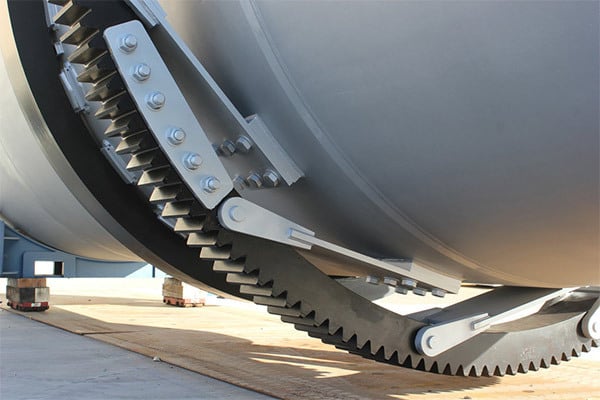
Rotary dryer girth gear (spring-mounted)
Trunnion Wheels
Trunnion wheels support the weight of the dryer and its operational load. As a result, the greater the weight, the larger the wheels that will be required. Additionally, because the dryer wheels are a fraction of the diameter of the tires, a single revolution of the tire is equal to many revolutions of the wheel, so the trunnion wheels inherently experience increased wear. For this reason, trunnion wheels must be increasingly robust as the operation load increases.
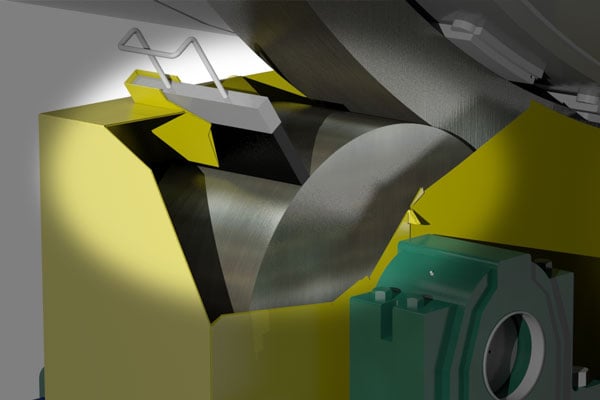
3D rendering showing a trunnion wheel with graphite block lubrication system
Motor and Reducer
The motor and reducer are the driving force behind the rotation of the dryer. As with the drive train, a greater operational load will necessitate more torque, which is produced by the motor and reducer. Consequently, the more power required, the larger the motor or reducer must be in order to produce more torque.
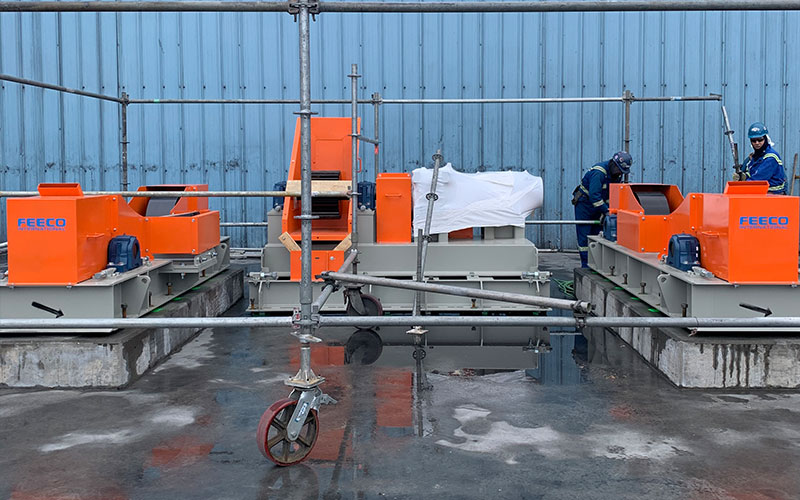
Installation of a rotary drum base
Bearings
The bearings are connected to the wheel shafts and mounted to the trunnion bases. As the wheels and shafts increase in size, so too must the bearings, in order support the weight of the drum and its operational load.
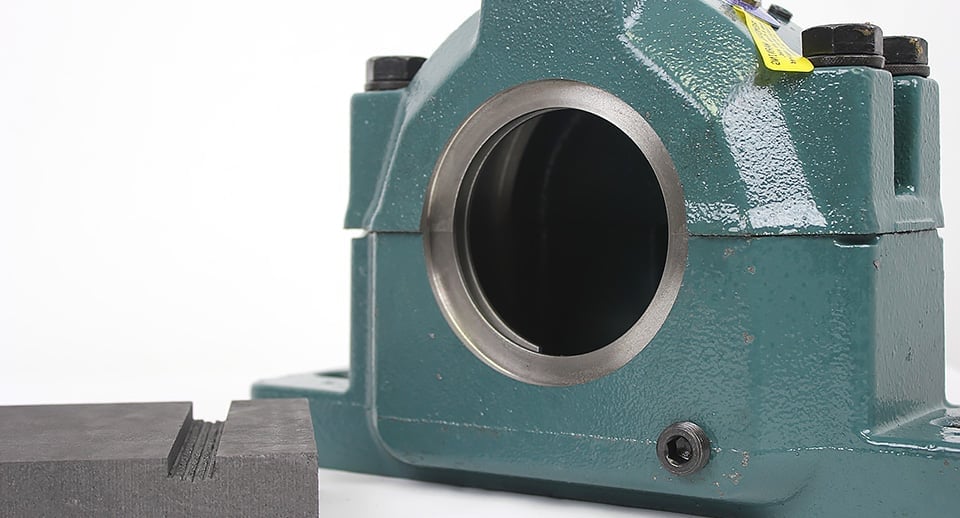
Rotary drum bearing
Conclusion
The bulk density of a material has a significant influence on the design of a rotary dryer, impacting the mechanical components and support system required. This is just one of the many material characteristics that must be considered during dryer design.
FEECO has been providing custom rotary dryers since 1951. All FEECO dryers are engineered around the application at hand to provide an efficient drying solution built for longevity. For more information on FEECO rotary dryers, contact us today!

